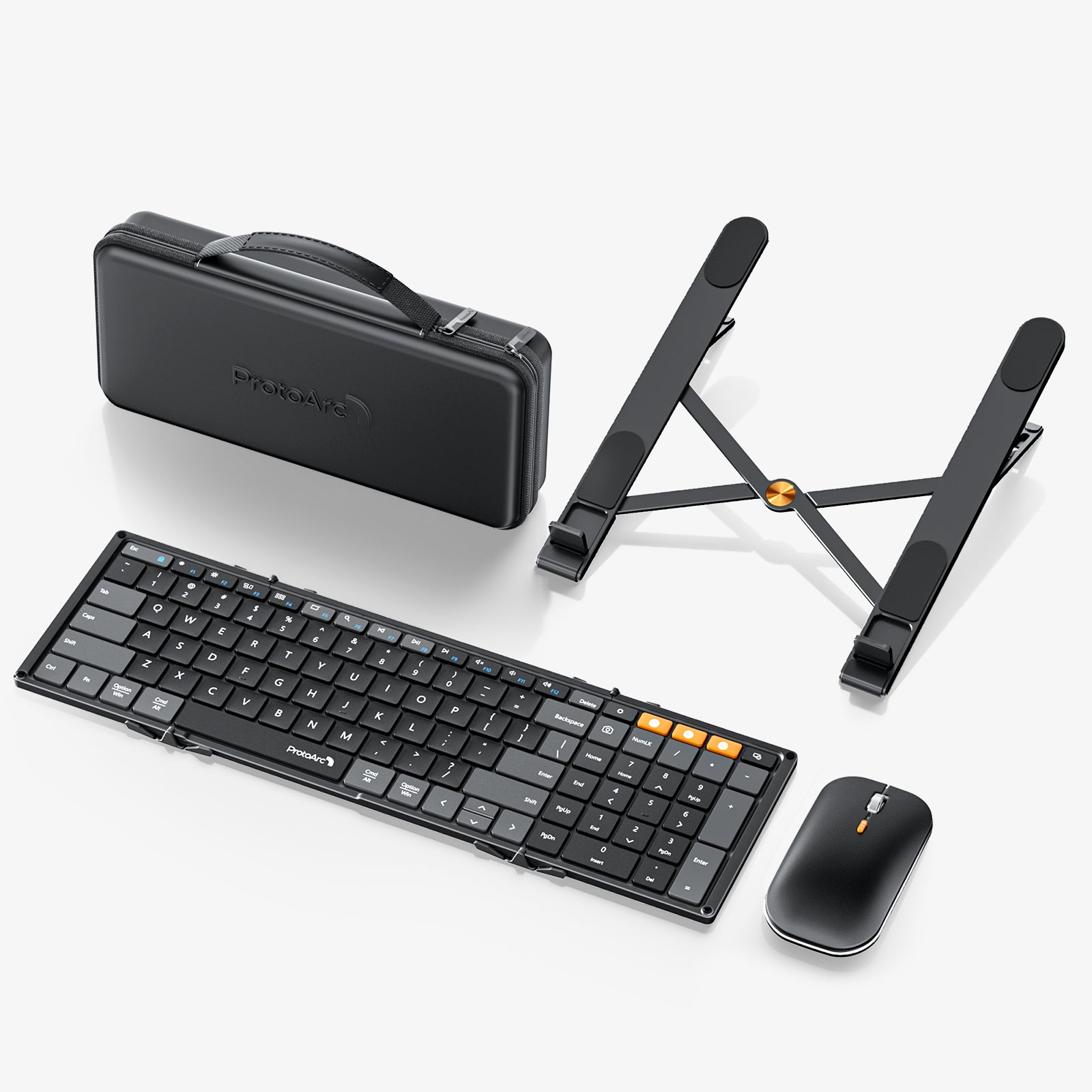Unlock the Secret to Mouse Mastery: Say Goodbye to Discomfort and Strain!
In today's digital age, many of us spend countless hours using a computer mouse, whether for work, gaming, or leisure. While it may seem like a simple tool, improper mouse usage can lead to discomfort, strain, and even long-term injuries such as carpal tunnel syndrome. Recognizing the importance of ergonomic mouse usage is crucial for anyone who relies on this device. By adopting ergonomic techniques, you can significantly reduce the risk of discomfort and enhance your productivity. In this article, we'll explore common issues users face, the benefits of ergonomic practices, and how you can master the mouse to ensure a more comfortable computing experience.

Understanding Mouse Ergonomics
Ergonomics is the study of people's efficiency in their working environment, focusing on optimizing the design of tools and workspaces to fit the user’s needs. When it comes to computer mouse use, ergonomics plays a vital role in preventing strain on the hand and wrist. The human hand is a complex structure made up of bones, muscles, and tendons that can easily become fatigued or injured when subjected to repetitive motions or awkward positioning. In my experience, one of my friends, a graphic designer, suffered from wrist pain after long hours of using an improperly positioned mouse. Understanding how to use a mouse ergonomically involves recognizing the potential for strain and taking proactive steps to prevent it. This can include adjusting your grip and mouse positioning to align with the natural posture of your hand and wrist.
Proper Mouse Positioning
The positioning of your mouse is crucial to ensuring ergonomic use. Ideally, the mouse should be placed at the same height as your keyboard, allowing your arms to rest comfortably at your sides. Adjusting your chair and desk height can make a significant difference in achieving this alignment. Your elbows should remain close to your body, forming an angle between 90 and 100 degrees. I remember when I visited a friend's home office; they had invested time in arranging their workspace ergonomically, which included having their mouse and keyboard at the right level. This setup not only improved their comfort but also enhanced their productivity. Additionally, ensure that the mouse is within easy reach, avoiding excessive stretching or awkward movements that can lead to strain.
Techniques for Ergonomic Mouse Use
Using the mouse with proper techniques is essential for preventing discomfort. One effective method is to maintain a relaxed grip; gripping the mouse too tightly can lead to muscle tension and fatigue. Instead, allow your fingers to gently rest on the buttons and move the mouse with your arm rather than just your wrist. This technique minimizes wrist strain and promotes better movement. Another important aspect is taking regular breaks. I often remind my friends to set a timer to stand up and stretch every hour. Simple wrist stretches or hand rotations can alleviate tension and improve circulation. Lastly, maintaining a good posture while using the mouse is vital. Keeping your back straight and shoulders relaxed can greatly enhance your overall comfort during extended computer sessions.
Alternative Solutions and Accessories
For those looking to enhance their ergonomic mouse usage, several alternative solutions and accessories can be beneficial. Options like wrist rests can provide additional support, helping to maintain proper wrist alignment while using the mouse. Vertical mice, which allow for a more natural hand position, have gained popularity among users seeking to reduce strain. It's essential to explore what works best for you, as each individual's needs may vary. While my friend who is a writer found success with a vertical mouse, another friend preferred a standard mouse with a cushioned wrist rest. The key is to experiment with different setups and accessories until you find what feels most comfortable and supportive.
Enhancing Comfort Through Ergonomics
In conclusion, mastering the art of ergonomic mouse usage is essential for preventing discomfort and strain during prolonged computer use. By understanding the principles of ergonomics, ensuring proper mouse positioning, applying techniques for better usage, and exploring alternative solutions, you can create a more comfortable and efficient workspace. I encourage you to take a moment to assess your current mouse setup and consider making adjustments that can lead to improved comfort. Have you experienced discomfort while using your mouse? Feel free to share your experiences or ask questions as we all strive to create healthier habits in our digital lives.








